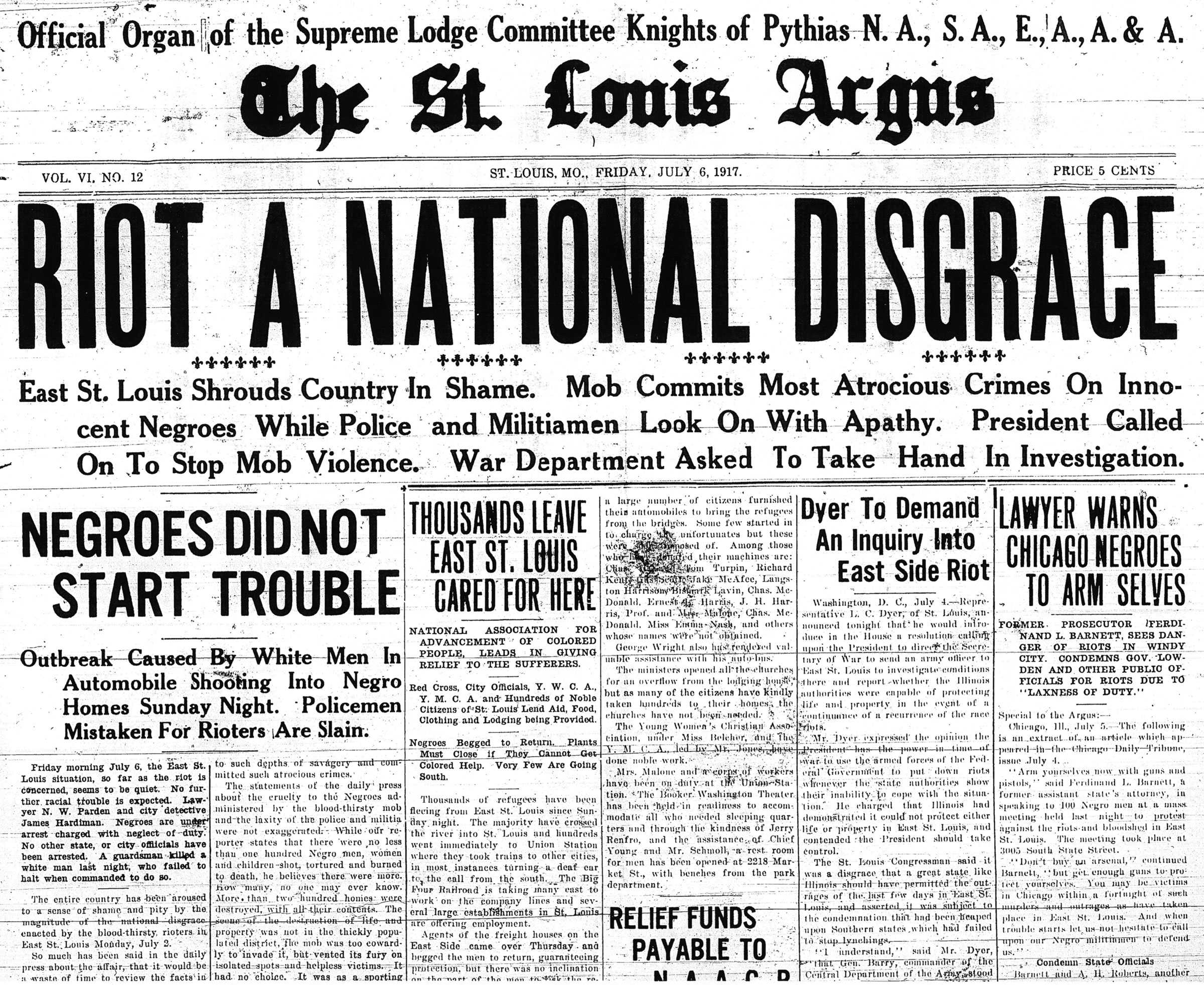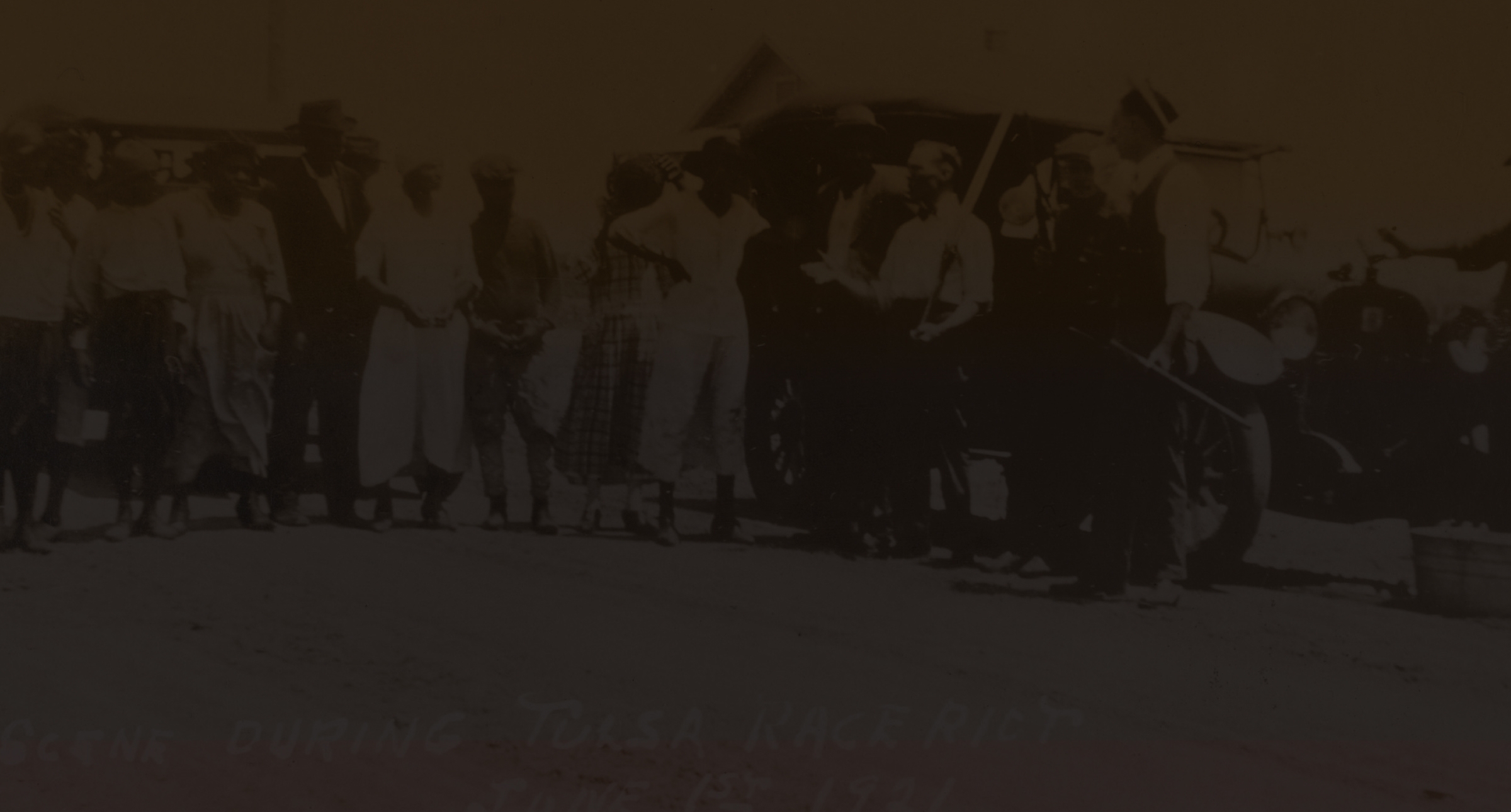
Chapter 4
Hardening of Racial Separation
Segregation placed severe restrictions on African American life. Though legal throughout the South, segregation was also widespread in the North, most notably through restrictive housing covenants. While segregation laws controlled access to public spaces, restrictive covenants determined where African Americans could live.
Justice for African Americans was impeded by unfair and violent practices of convict leasing and lynching. Convict leasing forced African Americans into systems of unpaid labor. Lynchings and race riots made violence and terror an inescapable part of African American life.
Riots and Massacres
White mobs used violence to terrorize African Americans and suppress their civil rights. Black men or women considered outspoken, opinionated, or successful were targeted. These attacks destroyed property, and caused injury and death, and spread fear and uncertainty. Fighting back often provoked more violence, and white attackers tended to have better access to firearms.
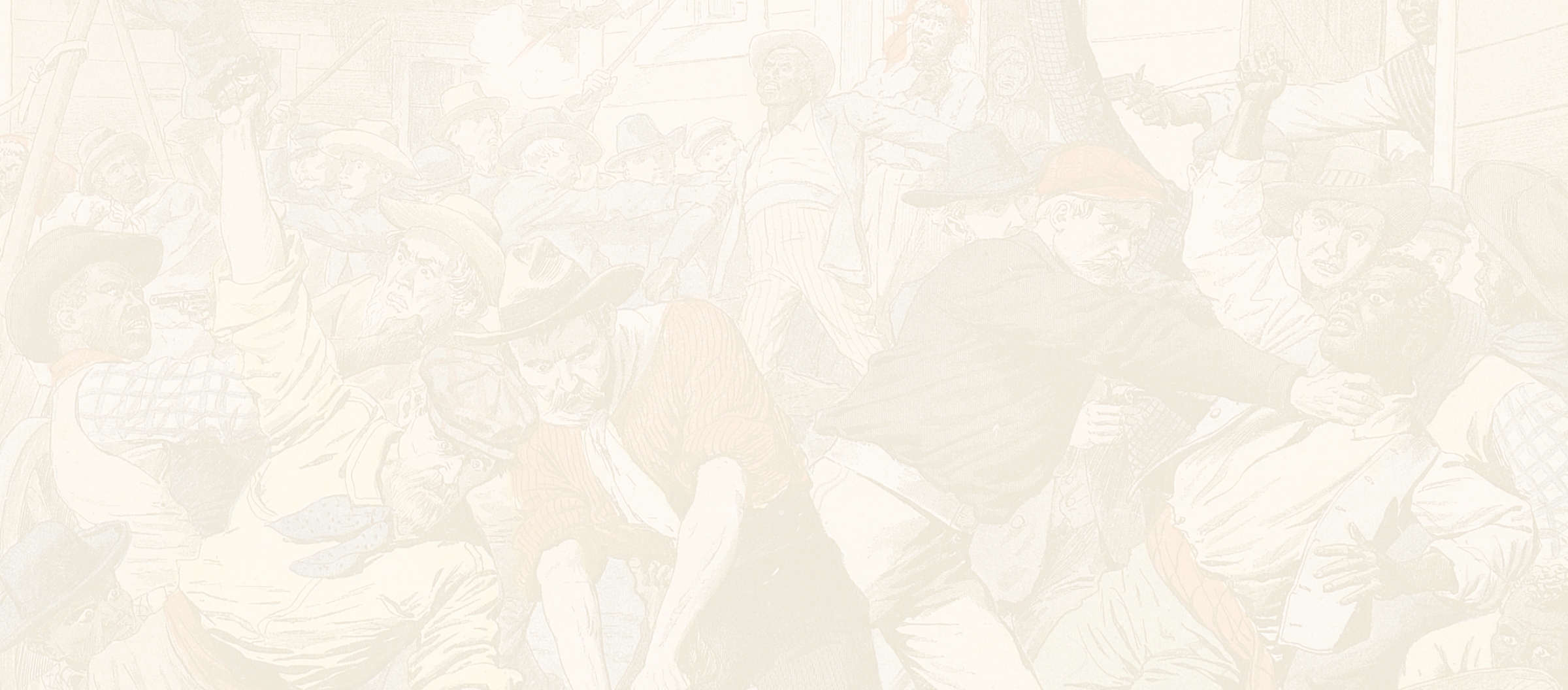
The Massacre in Atlanta
“Massacre of Negroes in Atlanta,” Le Petit Journal, 1906
The Freeman
Starting at the turn of the 20th century, African Americans migrated and settled into Atlanta in greater numbers. There was a growing job competition and many successful Black businesses were created.
On the evening of September 22, 1906, local newspapers published unsubstantiated reports of Black men committing sexual assaults on four local white women. The Atlanta Race Massacre followed, lasting three violent days. White rioters killed dozens of African Americans, injured more, and inflicted considerable property damage. Armed Black men seeking to protect themselves and their families were arrested by police.
The Riot in Springfield, Illinois
Black residential area destroyed in Springfield Race Riot
Elderly man gathering his possessions after the riot
In August 1908, a white mob tried to grab two Black prisoners from police custody to lynch them. When that effort failed, the mob launched attacks on Black residents and their homes, businesses, and property. State troops were finally called in, but not before most Black residents had fled the city. Two African American men from Springfield—William Donnegan and Scott Burton—were killed. The National Association for the Advancement of Colored People (NAACP) was formed in part due to the riot and the fact that it had taken place in Illinois, the “Land of Lincoln.”

When the fighting got bad, I commenced shooting at negroes. . . . I guess I poured oil on about fifteen or sixteen houses and set fire to them.
Roy Young, a white Springfield rioter, 1908
The Murder of William Donnegan During the Riot in Springfield
William Donnegan
Illinois State Register, August 16, 1908
William Donnegan was an 80-year-old cobbler, business owner, and former conductor on the Underground Railroad. Dragged from his home and killed during the Springfield Riot, Donnegan was targeted because of his economic success and interracial marriage.
The Aftermath in Springfield
African Americans suffered greatly from the rioting in Springfield, Illinois. This scrapbook documents the riot’s aftermath.
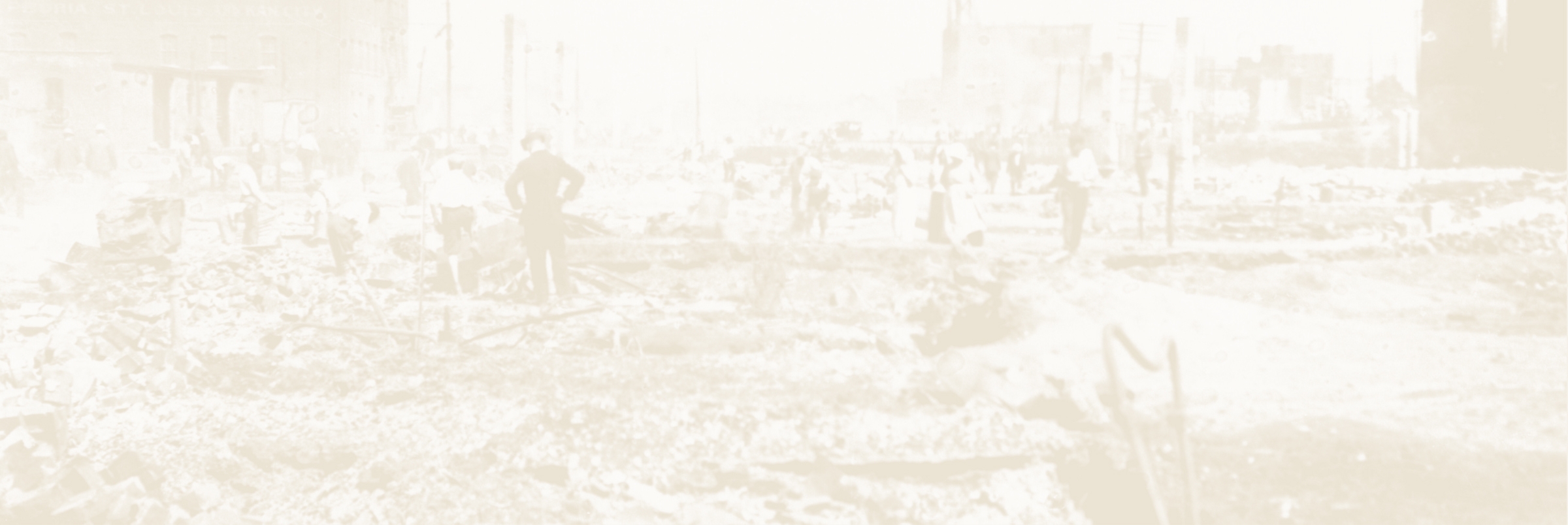
The East St. Louis Riot
Fire near the East St. Louis Public Library
Black homes reduced to rubble on Walnut Street
East St. Louis, Illinois, had one of the bloodiest race riots in history. Reacting to increased competition for jobs and housing, white rioters began randomly attacking African Americans in July 1917. Black residents were pulled from streetcars, attacked on the street, had their homes set afire, and were shot or lynched. More than 40 African Americans were killed by white mobs before the National Guard intervened to stop the violence.
The Aftermath in East St. Louis
The September 1917 issue of The Crisis covered the riot in East St. Louis, Illinois.
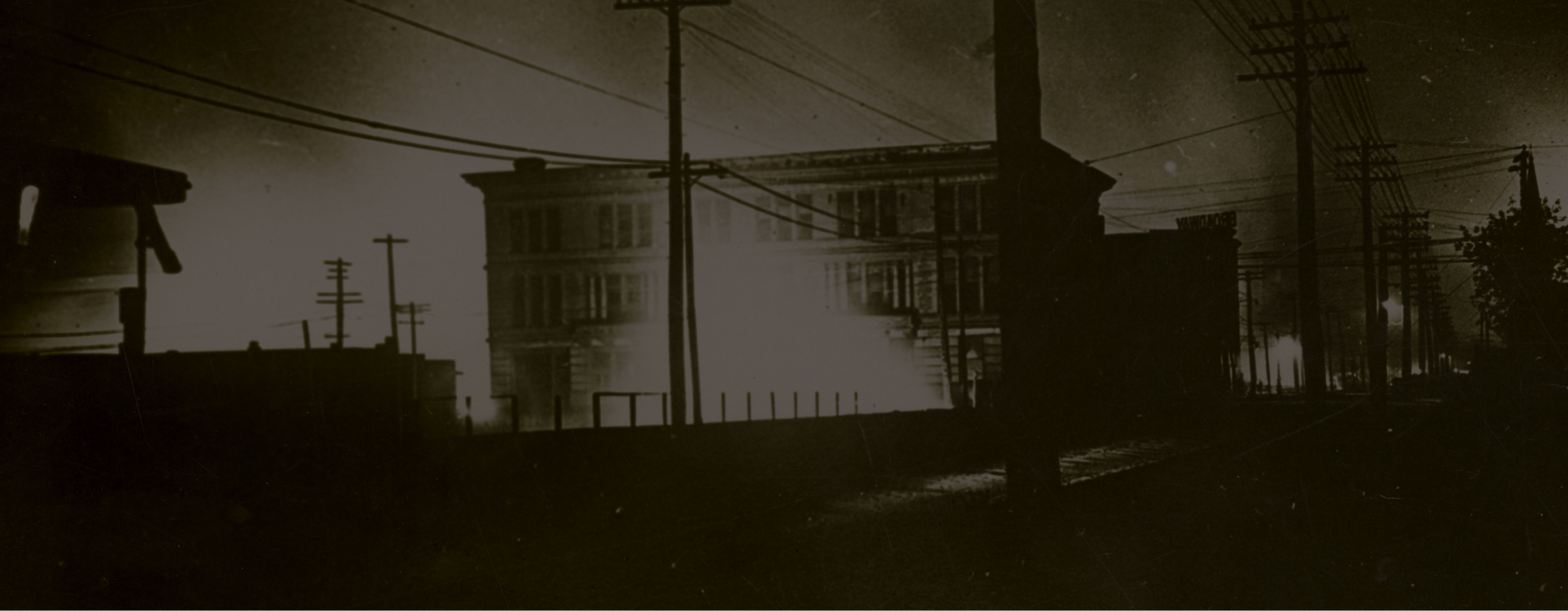
The East St. Louis Riot, or rather massacre, of Monday [July] 2nd, will go down in history as one of the bloodiest outrages against mankind for which any class of people could be held guilty. . . . This is no time for fine words, but a time to lift one's voice against the savagery of a people who claim to be the dispensers of democracy.
Marcus Garvey, “The Conspiracy of the East St. Louis Riots” speech, 1917
